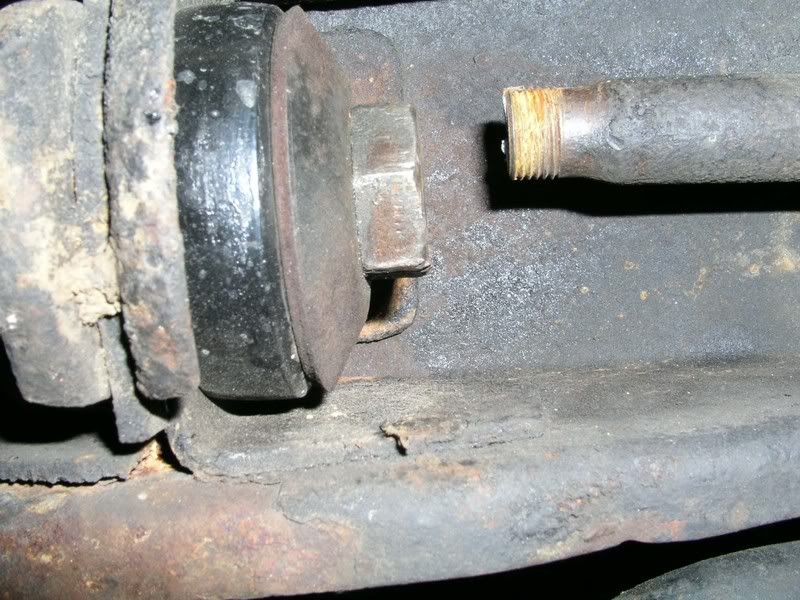jon, great thread, wish I had found that sooner. I didn't understand what the implications of having jounce that is not in parallel with the chassis and what your thoughts were on moving the front pivot, or if you have a good thread. Will definitely be looking through corner-carvers a whole lot more.
barnett, not sure where else your trying to defy basic laws of math/physics with your parallel arc/line, but:
1) I said the lca reduces down to a rotation axis (line through pivot points) and a point (lbj) that is rotated about that axis and the rotation center is at the intersection (rear pivot point) of a perpendicular line to the point, I have shown you this is true at least 3 different ways that should give you pause. The movement of the strut rod through 3d space makes the face of a cone, not a Seesaw. It is most definitely not moving the way jkordzi described.
2) Once assembled, the strut rod was like your 10' arm .. in the mud, it took a lot of effort to move it. The bushings are in fact rubber, a brand new Moog K8122 set. If you look at the design, when deflected, it forces equal and opposite compression on both sides so substituting any identical material used on both sides should work the same way. The arm itself was quite fluid and could deflect very easily back and forth, it wasn't influencing the strut-rod. I likely rotated it further up and down than it could have been while connected to a car so that any change would be exaggerated.
3) The CAD packages I have access to don't let me easily link components together and model them, so I wrote my own, it started with a simple caster/camber table and added the 3d rendering so I could verify everything moving in the right direction at the spindle as I deflect the chassis and steering. I know the calculations are correct out to the spindle, but not taking into account things like how a turned wheel affects ride-height, which then affects the caster/camber relative to the road .. yet.
4) I suggest you take your mustang apart, map it, and show us how much of the ~700 lbs of weight on your spring is moving sideways to deflect your strut rod. If there is something significant there I would like to know about it. I don't have a problem agreeing to just disagree while your mopping those floors 
This mis-interpretation of an arc is easy to fall into, it was my initial impression too, and didn't pay much attention until I came across the paper thing in the vmf thread with that longer strut rod, and maybe corner-carvers is the better place to discuss this.
Back to the original post, the corner-carvers thread jon linked shows where it took ~28 lbs of force to deflect the strut rod, I can believe that after seeint it first hand, it is really pretty bound up. It would be interesting to hear from someone who returned to stock strut-rods how they felt about the handling before and after, sometimes imrovements are felt more going backwards.



 GPatrick wrote:
GPatrick wrote:







